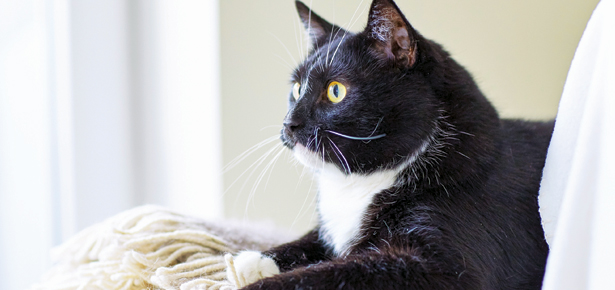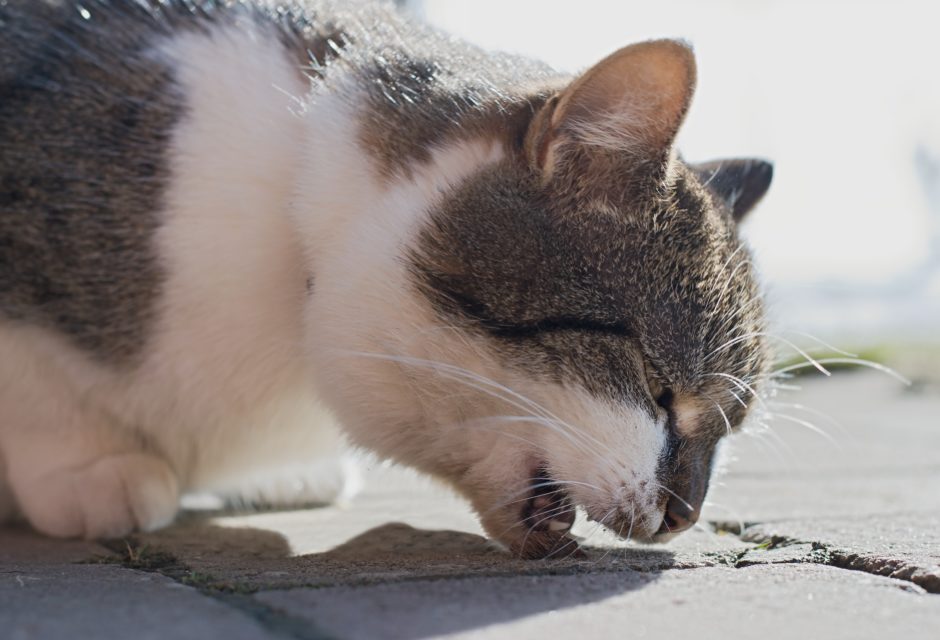

The New Kidney Disease Test That Could Save Your Cat’s Life
Did you know that one in three cats will develop kidney disease?
Did you know kidney failure is one of the top four causes of death in domestic cats? In fact, one in three cats will develop kidney disease. It’s particularly common in geriatric cats—more than half of cats over age 15 are afflicted.
The kidneys are critical organs in the body. Normally, healthy happy kidneys are adept at eliminating protein wastes, balancing body water, salts, and acids, and providing certain hormones for calcium, phosphorus and red blood cell maintenance by producing high quality urine. However, as cats age, kidney disease can strike and compromise these important activities.
Catching kidney disease early can enable cat owners and veterinarians to treat the disease and allow cats to live years longer than they otherwise would. Symptoms of chronic kidney disease can include weight loss, increased urination and thirst, vomiting, and decreased appetite. You will likely notice your cat sleeping more, grooming less and appearing unkempt. Your kitty’s gums may not be as pink as usual, indicating anemia. In more severe cases, you might notice bad breath.
To date, a big challenge for veterinarians and pet owners alike has been diagnosing kidney disease while the kidneys have some function left. It’s important to know that kidney disease has no visible signs until most function is lost, which is why being able to test early is so important. Veterinarians have traditionally diagnosed kidney disease through measuring blood creatinine, a measure that typically does not detect kidney disease until 75 percent of kidney function is lost.
There’s good news, though. A new test, the IDEXX SDMA™ Test, is now available, which is capable of detecting kidney disease much earlier. It’s the only test available that can detect kidney function loss earlier than the blood creatinine test. Once kidney disease is identified, vets and pet owners can manage the disease through feeding kidney-friendly diets, increasing water intake, and administering medications and even fluids under the skin (cat owners can even do this themselves at home once properly trained!) Veterinary offices can have the test automatically added to all chemistry panels they order so every cat can be easily tested. Ask your vet for the IDEXX SDMA™ Test to screen your cat’s kidney function. This test is available to all veterinarians and with it, kidney function can now be tested as early on in your cat’s life as you’d like!
Join the newsletter and never miss out on cat content again!
"*" indicates required fields
By clicking the arrow, you agree to our web Terms of Use and Privacy & Cookie Policy. Easy unsubscribe links are provided in every email.











